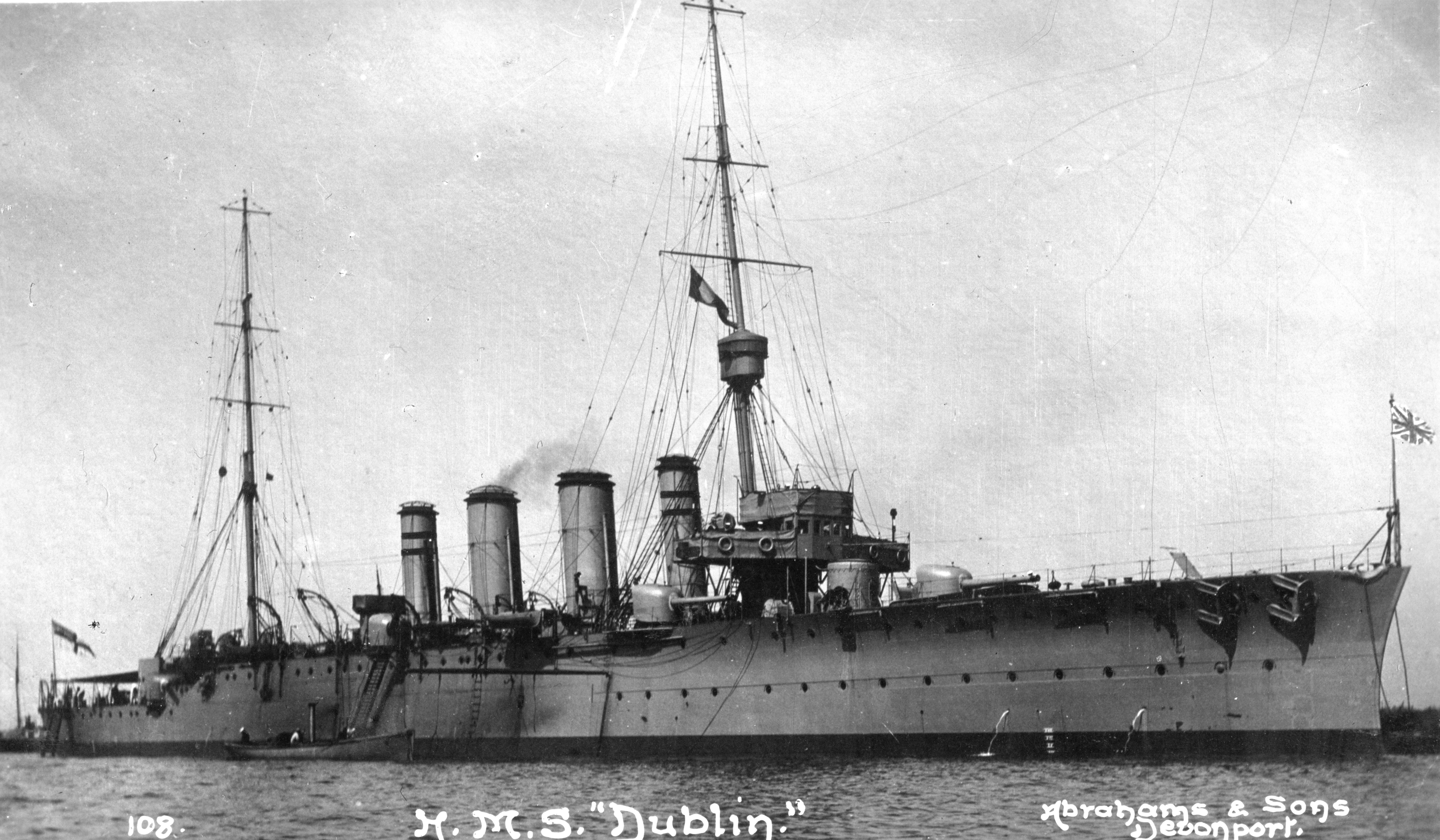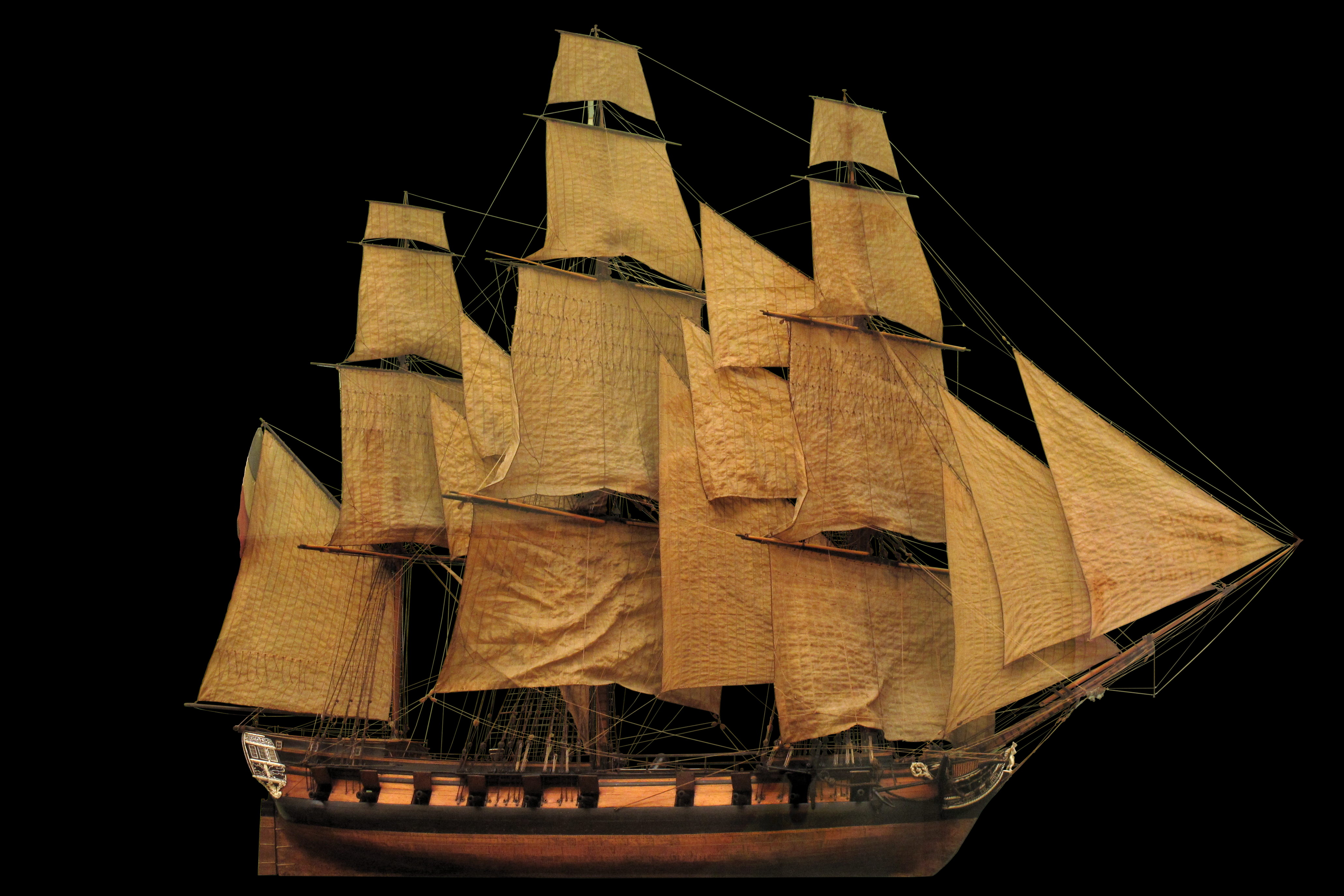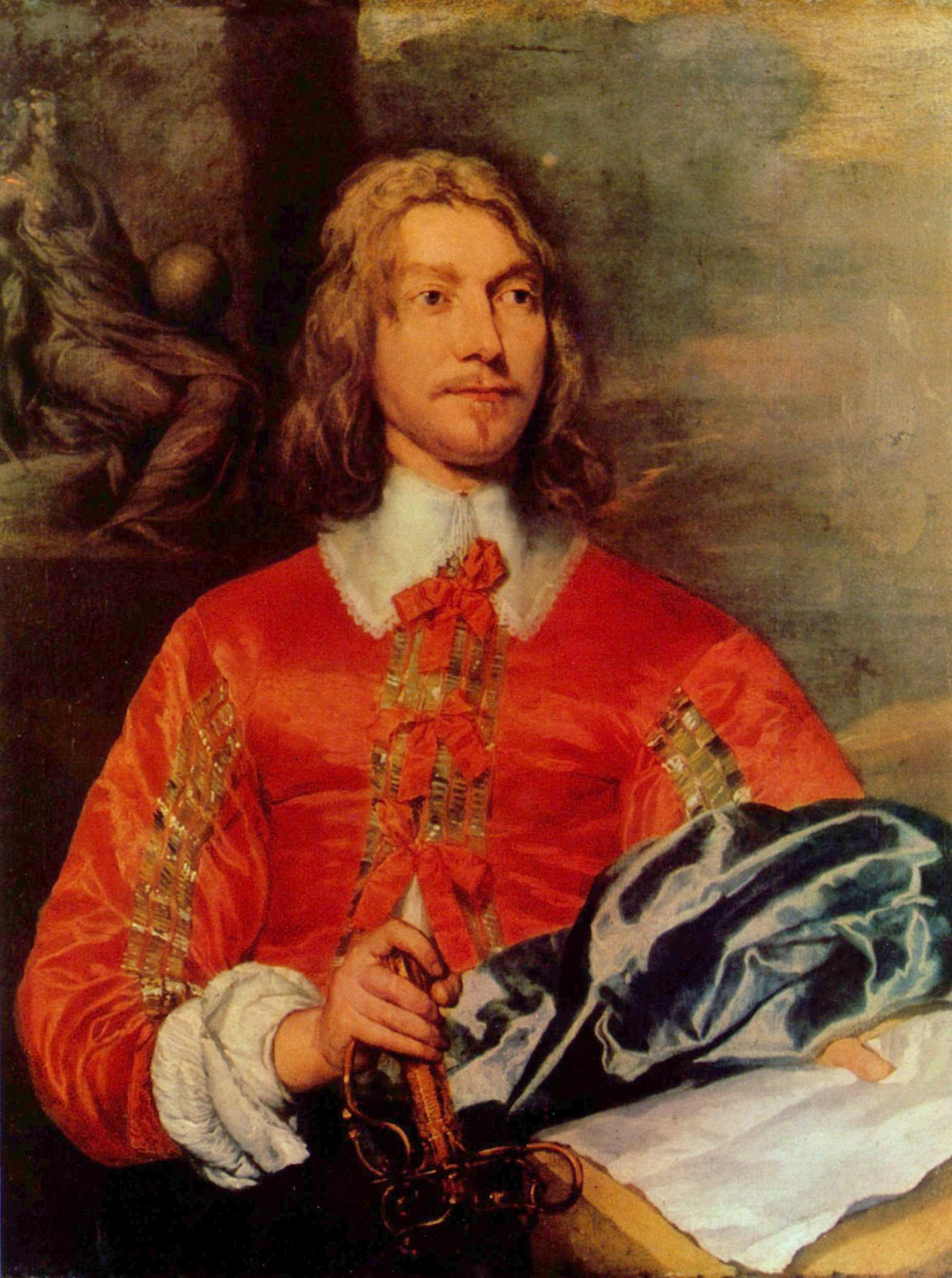|
John Kelly (Royal Navy Officer)
Admiral of the Fleet (Royal Navy), Admiral of the Fleet Sir John Donald Kelly (13 July 1871 – 4 November 1936) was a Royal Navy officer. He served in the First World War as commanding officer of the cruiser HMS Dublin (1912), HMS ''Dublin'' which came close to intercepting the German battlecruiser SMS Goeben, SMS ''Goeben''. After the War he took charge of a naval force dispatched to strengthen the Mediterranean Fleet during the Chanak Crisis. After serving as Fourth Sea Lord and then commander of the 1st Battle Squadron (United Kingdom), 1st Battle Squadron, Kelly, known for his skill in personnel matters, was asked to take command of the Atlantic Fleet (United Kingdom), Atlantic Fleet in the aftermath of the Invergordon Mutiny. He rapidly restored discipline and issued a report which was quite critical of the Admiralty Board (United Kingdom), Admiralty Board's handling of the pay cuts issue in the first place. He went on to be Commander-in-Chief, Portsmouth. Naval career Ea ... [...More Info...] [...Related Items...] OR: [Wikipedia] [Google] [Baidu] |
Admiral Of The Fleet (Royal Navy)
Admiral of the Fleet (ADMF) is a Five-star rank, five-star naval officer rank and the highest rank of the Royal Navy, formally established in 1688. The five-star NATO rank code is OF-10, equivalent to a Field Marshal (UK), field marshal in the British Army or a marshal of the Royal Air Force. Apart from honorary appointments, no new admirals of the fleet have been named since 1995, and no honorary appointments have been made since 2014. History The origins of the rank can be traced back to John de Beauchamp, 1st Baron Beauchamp de Warwick, who was appointed 'Admiral of the South, North and West, Admiral of the King's Southern, Northern and Western Fleets' on 18 July 1360. The appointment gave the command of the English navy to one person for the first time; this evolved into the post of admiral of the fleet. In the days of sailing ships the Admiral (Royal Navy), admiral distinctions then used by the Royal Navy included distinctions related to the fleet being divided into thre ... [...More Info...] [...Related Items...] OR: [Wikipedia] [Google] [Baidu] |
Royal Navy
The Royal Navy (RN) is the naval warfare force of the United Kingdom. It is a component of His Majesty's Naval Service, and its officers hold their commissions from the King of the United Kingdom, King. Although warships were used by Kingdom of England, English and Kingdom of Scotland, Scottish kings from the early Middle Ages, medieval period, the first major maritime engagements were fought in the Hundred Years' War against Kingdom of France, France. The modern Royal Navy traces its origins to the English Navy of the early 16th century; the oldest of the British Armed Forces, UK's armed services, it is consequently known as the Senior Service. From the early 18th century until the World War II, Second World War, it was the world's most powerful navy. The Royal Navy played a key part in establishing and defending the British Empire, and four Imperial fortress colonies and a string of imperial bases and coaling stations secured the Royal Navy's ability to assert naval superior ... [...More Info...] [...Related Items...] OR: [Wikipedia] [Google] [Baidu] |
Frigate
A frigate () is a type of warship. In different eras, the roles and capabilities of ships classified as frigates have varied. The name frigate in the 17th to early 18th centuries was given to any full-rigged ship built for speed and maneuverability, intended to be used in scouting, escort and patrol roles. The term was applied loosely to ships varying greatly in design. In the second quarter of the 18th century, what is now generally regarded as the 'true frigate' was developed in France. This type of vessel was characterised by possessing only one armed deck, with an unarmed deck below it used for berthing the crew. Late in the 19th century (British and French prototypes were constructed in 1858), a type of powerful ironclad warships was developed, and because they had a single gun deck, the term 'frigate' was used to describe them. Later developments in ironclad ships rendered the 'frigate' designation obsolete and the term fell out of favour. During the Second World War ... [...More Info...] [...Related Items...] OR: [Wikipedia] [Google] [Baidu] |
HMS Calliope (1884)
HMS ''Calliope'' was a (later classified as a third-class cruiser) of the Royal Navy of the United Kingdom which served from 1887 until 1951. Exemplifying the transitional nature of the late Victorian navy, ''Calliope'' was a sailing corvette—the last such ship built for the Royal Navy—but supplemented the full sail rig with a powerful engine. Steel was used for the hull, and like the earlier iron-hulled corvettes, ''Calliope'' was cased with timber and coppered below the waterline, in the same manner as wooden ships.Archibald, ''The Metal Fighting Ship in the Royal Navy'' (1970), p. 43. ''Calliope'' was known for "one of the most famous episodes of seamanship in the 19th century", when the vessel was the only ship present to avoid being sunk or stranded in the tropical cyclone that struck Apia, Samoa in 1889. After retirement from active service, ''Calliope'' served as a training ship until 1951, when she was sold for breaking. Design and construction ''Calliope'' and ... [...More Info...] [...Related Items...] OR: [Wikipedia] [Google] [Baidu] |
Corvette
A corvette is a small warship. It is traditionally the smallest class of vessel considered to be a proper (or " rated") warship. The warship class above the corvette is that of the frigate, while the class below was historically that of the sloop-of-war. The modern roles that a corvette fulfills include coastal patrol craft, missile boat and fast attack craft. These corvettes are typically between 500 and 2,000 tons. Recent designs of corvettes may approach 3,000 tons and include a hangar to accommodate a helicopter, having size and capabilities that overlap with smaller frigates. However unlike contemporary frigates, a modern corvette does not have sufficient endurance or seaworthiness for long voyages. The word "corvette" is first found in Middle French, a diminutive of the Dutch word ''corf'', meaning a "basket", from the Latin ''corbis''. The rank " corvette captain", equivalent in many navies to " lieutenant commander", derives from the name of this type of ship. The ... [...More Info...] [...Related Items...] OR: [Wikipedia] [Google] [Baidu] |
Midshipman
A midshipman is an officer of the lowest Military rank#Subordinate/student officer, rank in the Royal Navy, United States Navy, and many Commonwealth of Nations, Commonwealth navies. Commonwealth countries which use the rank include Royal Canadian Navy, Canada (Naval Cadet), Royal Australian Navy, Australia, Bangladesh Navy, Bangladesh, Namibian Navy, Namibia, Royal New Zealand Navy, New Zealand, South African Navy, South Africa, Indian Navy, India, Pakistan Navy, Pakistan, Republic of Singapore Navy, Singapore, Sri Lanka Navy, Sri Lanka, and Kenya Navy, Kenya. In the 17th century, a midshipman was a Naval rating, rating for an experienced seaman, and the word derives from the area aboard a ship, amidships, either where he worked on the ship, or where he was Berth (sleeping), berthed. Beginning in the 18th century, a commissioned officer candidate was rated as a midshipman, and the seaman rating began to slowly die out. By the Napoleonic era (1793–1815), a midshipman was an a ... [...More Info...] [...Related Items...] OR: [Wikipedia] [Google] [Baidu] |
Cadet
A cadet is a student or trainee within various organisations, primarily in military contexts where individuals undergo training to become commissioned officers. However, several civilian organisations, including civil aviation groups, maritime organisations, and police services, also designate their trainees as cadets. Armed forces In several military services, cadets, flight cadets, officer cadets, and gentleman/lady cadets may refer to recruits and students that are undergoing military training to become commissioned officers. The specific rank structure and responsibilities of cadets can vary among different military organisations. Australia In Australia, a cadet is an officer in training. The official rank is Officer Cadet (OCDT for members of the Australian Regular Army and OFFCDT for members of the Royal Australian Air Force), but OCDTs in the Royal Military College–Duntroon are referred to as ''staff cadet'' (Scdt) for historical reasons. Austria-Hungary In Austr ... [...More Info...] [...Related Items...] OR: [Wikipedia] [Google] [Baidu] |
HMS Prince Of Wales (1860)
HMS ''Prince of Wales'' was one of six 121-gun screw-propelled first-rate three-decker line-of-battle ships of the Royal Navy. She was launched on 25 January 1860. In 1869 she was renamed HMS ''Britannia'' and under that name served at Dartmouth as a cadet training ship until 1905. History The ''Prince of Wales'' was originally a 3,186 ton 120 gun design by John Edye and Isaac Watts for a modified ''Queen''-class sailing line-of-battle ship. She was laid down at Portsmouth on 10 June 1848, although she was not formally ordered until 29 June, and the design was approved on 28 July 1848. In 1849, the Royal Navy started ordering screw line-of-battle ships starting with the ''Agamemnon''. It is possible that construction of ''Prince of Wales'' was suspended, as screw line-of-battle ships laid down after her, were completed before her. ''Prince of Wales'' was reordered to complete as a 121 gun screw line-of-battle ship on 9 April 1856, conversion work started on 27 Octob ... [...More Info...] [...Related Items...] OR: [Wikipedia] [Google] [Baidu] |
History Of The Royal Marines
The history of the Royal Marines began on 28 October 1664 with the formation of the Duke of York and Albany's Maritime Regiment of Foot soon becoming known as the Admiral's Regiment. During the War of the Spanish Succession the most historic achievement of the Marines was the capture of the mole (architecture), mole during the assault on Gibraltar (sailors of the Royal Navy captured the Rock itself) in 1704. On 5 April 1755, His Majesty's Marine Forces, fifty Companies in three Divisions, headquartered at Portsmouth, Chatham, Kent, Chatham and Plymouth, were formed by Order of Council under British Admiralty, Admiralty control. The Royal Marine Artillery was formed as an establishment within the United Kingdom, British Royal Marines in 1804 to man the artillery in bomb vessels. As their coats were the blue of the Royal Regiment of Artillery, this group was nicknamed the "Blue Marines" and the Infantry element, who wore the scarlet coats of the British infantry, became known as the ... [...More Info...] [...Related Items...] OR: [Wikipedia] [Google] [Baidu] |
Commander-in-Chief, Portsmouth
The Commander-in-Chief, Portsmouth, was a senior commander of the Royal Navy for hundreds of years. The commanders-in-chief were based at premises in High Street, Portsmouth from the 1790s until the end of Thomas Williams (Royal Navy officer), Sir Thomas Williams's tenure, his successor, Philip Charles Durham, Sir Philip Durham, being the first to move into Admiralty House at the Royal Navy Dockyard, where subsequent holders of the office were based until 1969. Prior to World War I the officer holder was sometimes referred to in official dispatches as the Commander-in-Chief, Spithead. The Command extended along the south coast from Newhaven, East Sussex, Newhaven in East Sussex to Isle of Portland, Portland in Dorset. In 1889 the Commander-in-Chief took as his flagship. History In the late 18th century port admirals began to reside ashore, rather than on board their flagships; the Commander-in-Chief, Portsmouth was provided with a large house at 111 High Street, which was renam ... [...More Info...] [...Related Items...] OR: [Wikipedia] [Google] [Baidu] |
Admiralty Board (United Kingdom)
The Admiralty Board is the body established under the Defence Council of the United Kingdom for the administration of the Naval Service of the United Kingdom. It meets formally only once a year, and the day-to-day running of the Royal Navy is conducted by the Navy Board, which does not include any ministers. The Admiralty Board was established with the abolition of the Board of Admiralty and the integration of the three service ministries into the Ministry of Defence. The board is chaired by His Majesty's Principal Secretary of State for Defence and includes the professional heads of the navy, as well as various ministers and civil servants of the Ministry of Defence. Membership of the board The composition is as follows: *Civilian **Secretary of State for Defence ** Minister of State for the Armed Forces ** Minister for Defence Procurement ** Minister for Defence People and Veterans **Minister for Reserves **Under Secretary of State & the Lords Spokesman on Defence ** Fi ... [...More Info...] [...Related Items...] OR: [Wikipedia] [Google] [Baidu] |








